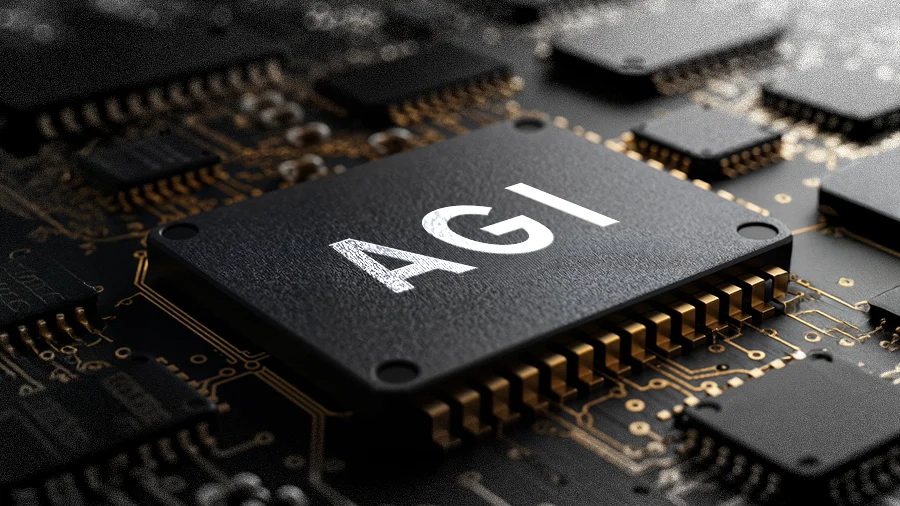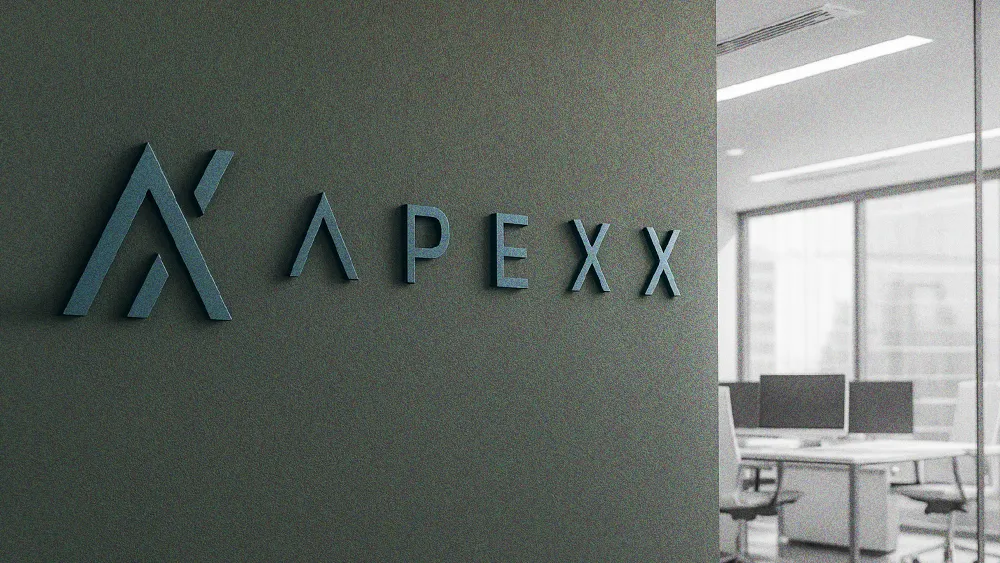
All articles
Enterprise AI Matures as Executives Shift Focus to Interoperability, Orchestration
Ross Helenius of Mimecast emphasizes the importance of AI agents collaborating across digital ecosystems for real value.

Key Points
Enterprise AI is shifting focus from model development to enabling seamless integration across disparate systems.
Ross Helenius of Mimecast emphasizes the importance of AI agents collaborating across digital ecosystems for real value.
Successful AI integration requires a robust orchestration layer and human governance to manage risks effectively.
AI systems should be managed like employees, with appropriate controls and oversight to ensure successful outcomes.
The future of AI involves decentralized ecosystems with multi-agent collaboration, enhancing productivity and user experience.
Too many enterprises are dropping LLMs into workflows and figuring it out later. Step one is simply knowing what good infrastructure looks like.
Imagine a world where your customer's support request, initiated in Salesforce, seamlessly triggers a data query in Snowflake to verify their purchase history, and then processes a refund in Stripe—all without human intervention. That's the immediate frontier of enterprise AI. A not-so-distant future that moves beyond building powerful models to enabling these disparate systems to truly talk to each other, sharing capabilities, trust, and scope.
Ross Helenius, Director of AI Transformation Engineering & Architecture at Mimecast, said this is where the real value lies. The AI conversation for enterprise leaders has moved past abstract AGI hype. Now, it's time for systems that do, not just know. At its heart, this shift demands AI agents capable of collaborating across your entire digital ecosystem.
AI's potential doesn't hinge on models alone. Instead, it relies on thoughtful integration and an AI's ability to interact within your business environment. An isolated, powerful model is useless, Helenius said. "What if you hired a consultant to solve a critical problem, but refused them access to your tools or data? It's an impossible task. The value isn't the model, it's the integration." This vision of interconnected, "doing" AI demands a robust orchestration layer.
Defining success: A common strategic oversight, Helenius explained, is deploying LLMs without understanding what good infrastructure looks like. "Too many enterprises are dropping LLMs into workflows and figuring it out later. Step one is simply knowing what good infrastructure looks like."
The technical stack: For a resilient orchestration layer, Helenius shared a clear checklist: "Choose the right model and deploy it effectively. Then, implement a testing framework, a feedback loop, and observability with ground-truth scoring. Finally, monitor those outputs to define what good performance actually is."
The human stack: But technology alone is insufficient. This framework demands human governance, he said. "Do you have an AI council? Are legal, compliance, and other essential stakeholders involved in the discussions?" These guardrails are essential for orchestrating AI effectively across systems.
As AI systems become more integrated and autonomous, managing their inherent risks becomes paramount. Helenius advocated for anchoring AI risk management in familiar human operational principles. "People make mistakes in business every day," he said. "They give wrong answers, expose data, and create risk. You don't need a brand new framework for AI. Just use the scaffolding you already have." What changes the game is AI's velocity. The pace adds urgency, creating an intensely competitive environment. Misjudge the balance, and you risk public, costly failures.
Manage your AI like an employee: Orchestrating AI effectively means treating it like a member of your team. "Make your LLMs successful the same way you make your people successful," Helenius said. "Provide the right controls, observability, and human oversight when critical decisions arise." This approach ties directly into building a resilient orchestration layer: technology and governance must work hand in hand.
Stratify risk: Not all tasks are equal. They demand the same nuanced due diligence applied to human teams. "An agent processing refunds requires far more diligence," he warned, "than one answering questions about the lunch menu."
This well-governed, integrated infrastructure lays the groundwork for AI's next major evolution: a decentralized ecosystem of collaborating agents. Helenius predicted a shift toward headless applications, where users delegate tasks to a team of agents, rendering many static interfaces obsolete. "We're going to see an explosion of MCP (Multi-Agent Collaboration Protocol)," he explained. "Agents will be able to interact with platforms that provide more customized experiences for the end users. Instead of learning static interfaces, a user will state a goal, delegate it to an agent or team of agents, and the system will execute the task."
As these agentic systems mature, Helenius said businesses will see autonomous teams drive a significant portion of their productivity. This future, however, hinges on solving the interoperability challenge of orchestrating all systems to talk, trust, and collaborate. The critical work today is building the resilient, integrated, and well-governed systems that make that interoperable future possible.







